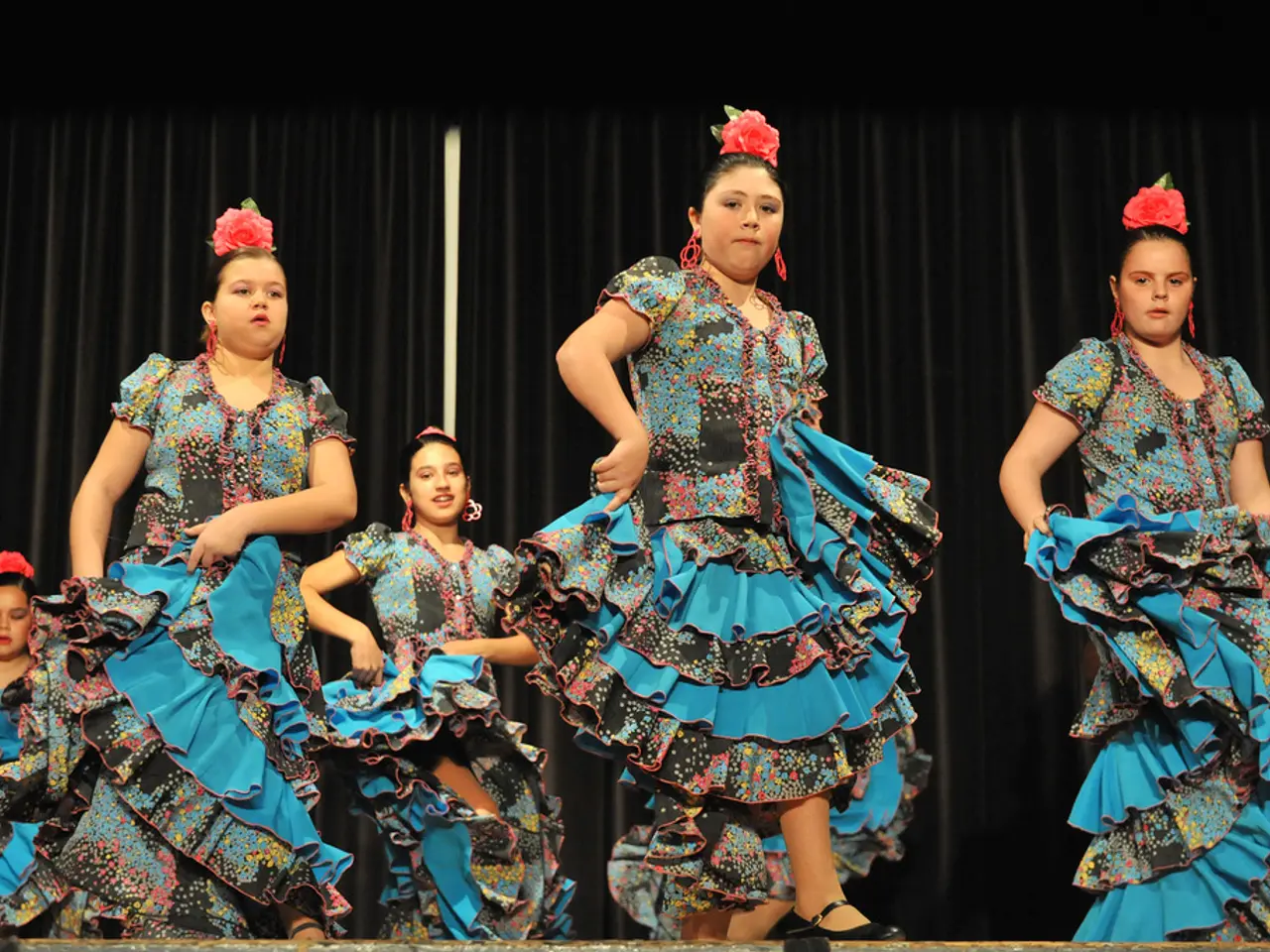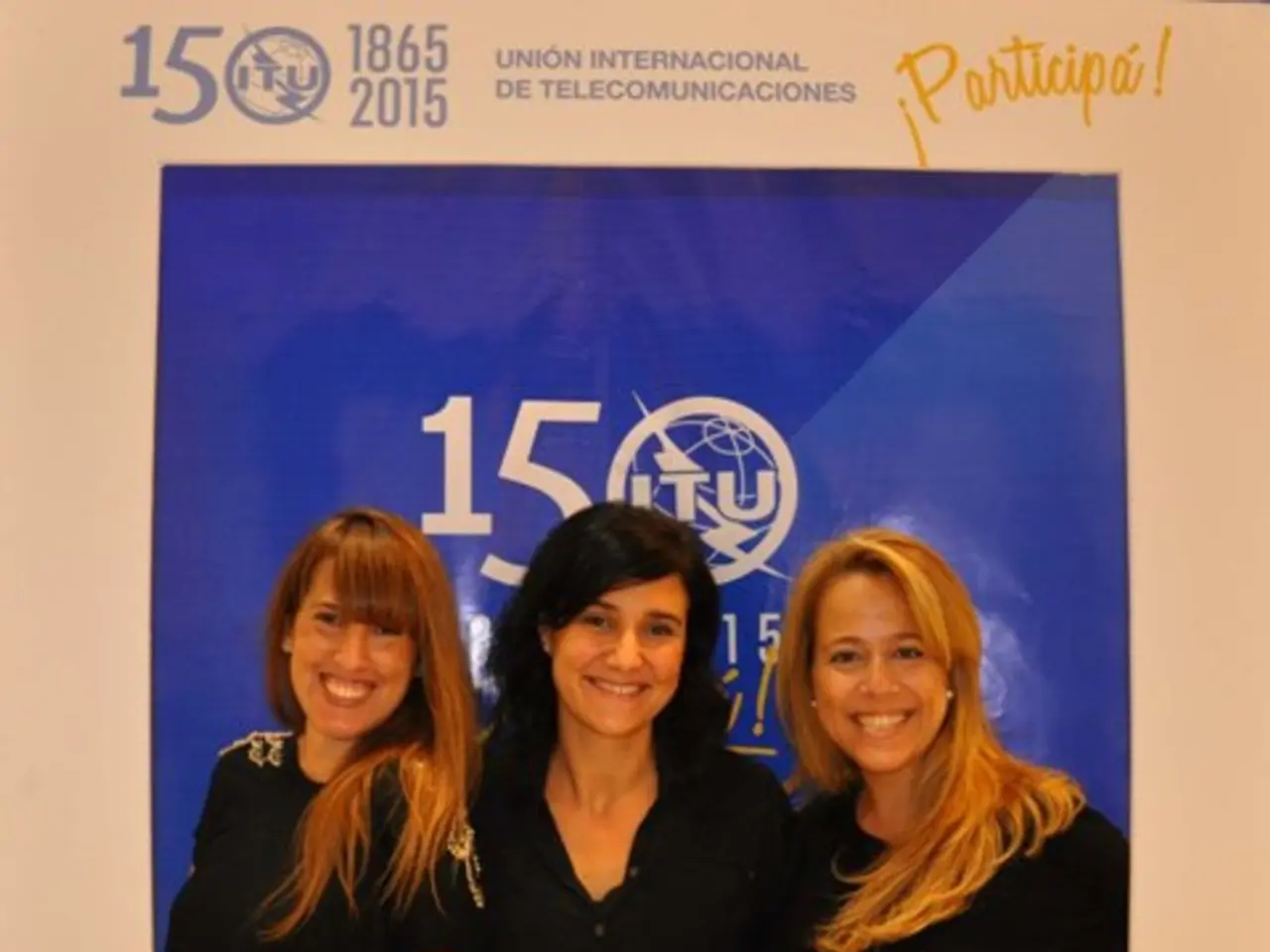"Crowned She Should Be! A Case for Beauty's Triumph - Long Overdue"
In the early 20th century, beauty pageants were primarily focused on physical appearance, often criticized for objectifying contestants and promoting narrow, Eurocentric ideals. However, over the years, these pageants have undergone a significant transformation, moving towards a more holistic and inclusive vision of beauty.
The evolution of beauty pageants can be traced back to the establishment of renowned pageants such as Miss World (1951) and Miss Universe (1952), both created by Catalina Swimsuits. Initially, these pageants largely adhered to traditional standards of female beauty, often facing criticism for reinforcing objectification and promoting narrow beauty ideals.
However, as societal attitudes evolved, so did beauty pageants. They began to incorporate segments assessing participants’ talents, interviews, social causes, and cultural representation, aiming to portray contestants as multi-dimensional individuals rather than mere objects of visual appeal.
This shift aligns with broader societal challenges to the dehumanization embedded in early beauty contests. For instance, early performances related to female display, such as burlesque and variety shows, often reinforced stereotypes and sexualized women as entertainers rather than as empowered individuals. Modern pageants have aimed to distance themselves from such origins by promoting empowerment through advocacy, education, and leadership.
Contemporary pageants have increasingly embraced inclusivity by expanding diversity in racial, ethnic, and body types represented, moving beyond previously narrow beauty ideals. They have also elevated causes like gender equality, environmental activism (e.g., Miss Earth), and social justice as part of contestants’ platforms, reflecting a value shift from superficial appearance to meaningful impact.
Some pageants have reduced emphasis on swimsuit or physical judgement segments to counteract objectification critiques. Additionally, broader gender inclusivity has been welcomed in some cases, including participation by transgender contestants, challenging traditional gender norms associated with pageantry.
Despite these advances, the pageant industry continues to face criticism, with some arguing that elements of physical judgement and competitive comparison inherently sustain aspects of objectification. Nonetheless, the trajectory is towards a more inclusive and respectful representation of beauty that values complexity, intellect, and diversity alongside physical appearance.
A recent development in this evolution is the passing of a new law in France, banning child beauty pageants. This move is a step towards ensuring that beauty pageants foster a healthy and respectful environment for all participants.
In the world of beauty pageants, figures like Nathalie Borgella, a former Miss NY USA, Miss Earth USA, and Princess America competitor, serve as inspiring examples. Borgella, who has competed in several beauty pageants, has spoken about the challenges of comparison in these competitions, emphasizing the importance of self-acceptance and individuality.
Contestants in pageants like the Miss America Pageant are judged in four categories: interview, talent, physical fitness, and evening wear. The winner of the Miss America pageant is awarded $40,000, with the first, second, third, and fourth runners up receiving $30,000, $20,000, $15,000, and $10,000 respectively.
In recent years, contestants of different body types and with more unique hairstyles have begun to place higher and win in pageants, reflecting a shift towards a more inclusive and diverse beauty standard. This evolution is also evident in the creation of specialty pageants such as Miss Plus America or Miss Amazing, which are designed for women and girls of specific and underrepresented groups in the pageant industry.
However, the pageant industry is not without its challenges. Allegations of favoritism and harassment have surfaced in pageants such as the Miss USA pageant. Efforts are being made to address these issues and create a safer and more equitable environment for all participants.
The Miss Universe pageant aims to create a safe space for women to share their stories and drive impact. The show Toddlers and Tiaras, which centres around young girls from two to four years old competing while wearing heavy makeup and adult costumes, has faced criticism for promoting unhealthy beauty standards at a young age.
A study at the University of Minnesota found that childhood beauty pageant participation may influence adult body dissatisfaction, interpersonal distrust, and impulse dysregulation. This underscores the importance of fostering a healthy and supportive environment in beauty pageants, particularly for young participants.
In conclusion, beauty pageants have evolved significantly from their early 20th-century focus on physical and sexualized display towards contemporary frameworks that challenge objectification and promote a broader, more inclusive vision of beauty encompassing cultural diversity, social advocacy, and empowerment. Efforts to create a safer, more inclusive, and respectful environment within the pageant industry continue to be made, reflecting a commitment to evolving with societal values and expectations.
- The evolution of beauty pageants in the early 21st century has expanded beyond physical appearance, incorporating segments assessing participants' talents, interviews, social causes, and cultural representation, aiming to portray contestants as multi-dimensional individuals rather than mere objects of visual appeal.
- Contemporary beauty pageants have shown a commitment to inclusivity by expanding diversity in racial, ethnic, and body types represented, moving beyond previously narrow beauty ideals and embracing causes like gender equality, environmental activism, and social justice as part of contestants’ platforms.
- Miss Universe, amidst critiques related to unhealthy beauty standards at a young age, asserts its intention to create a safe space for women to share their stories and drive impact, as seen in their empowerment-focused initiatives.
- In the realm of journalism, editorial articles on beauty pageants often discuss the ongoing balance between physical appearance and other dimensions of beauty, such as intellect, cultural representation, and social impact.
- Science and culture experts argue that the positive influences of beauty pageants on participants' self-esteem and confidence can lead to a health-and-wellness lifestyle, resulting in a balanced approach to personal development and beauty representation.




